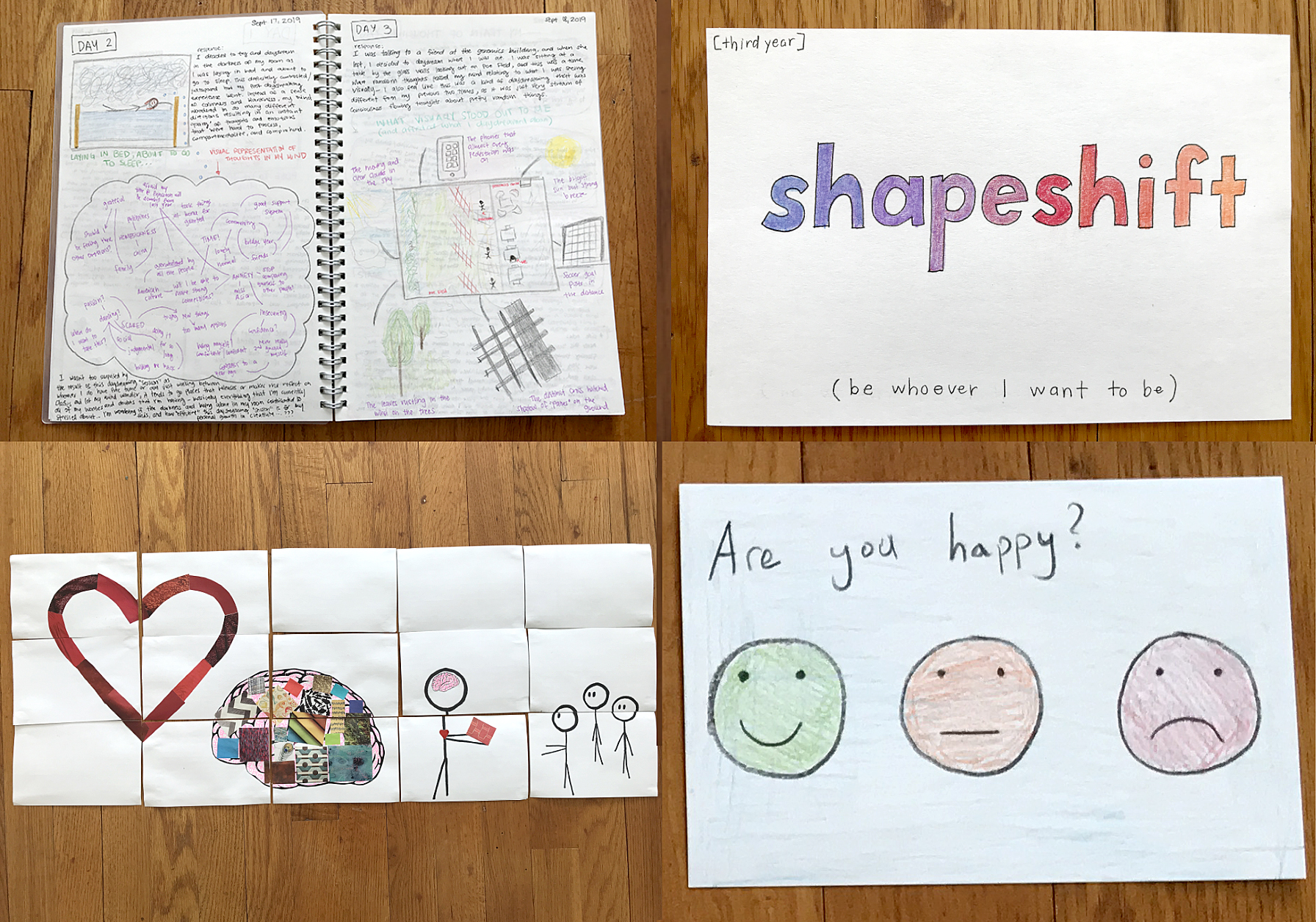
Researchers aim to create new applications to their work, and to develop novel discoveries. However, many scientists start their research projects with pre-conceived ideas and assumptions, making it harder for them to make extraordinary contributions or explore the unknown. Similarly, PhD supervisors tend to give advice based on their past experiences and familiar ways of doing research. These behaviors can limit scientific advances and science preparedness. COVID-19 and the current pandemic have demonstrated that we must be prepared to explore unexpected situations and have the tools to approach problems from new perspectives.
So, thanks to the benefits of technology and online learning, this spring I will teach a creativity course for PhD students in plant biology, biochemistry and chemistry at the School of Natural & Exact Sciences, University of Mar del Plata (Argentina). The course is the first of its kind, and will focus on equipping early career researchers with a creative mindset, tools and strategies to rethink their research work, ask novel questions, develop new methodologies to answer those questions, and generate original and relevant ideas.
The course will discuss the main theories of creative thinking, their application to modern scientific research, common barriers, and current problems in the field of creativity. Students will learn the psychological and neurocognitive processes that allow creative thinking, how to reconnect with their imagination, and strategies to stimulate creativity in others. By the end of the course, students will know how to practice deliberate cognitive creativity, by bringing it from the unconscious level to the conscious level, and applying it at will when needed.
Hybrid teaching approach
This hybrid course will be taught online, and combine digital and analog pedagogical methods and strategies:
- Online tools. I will adapt learning activities to the constraints of remote learning. A combination of digital platforms, including Zoom, Mural and Google Workspace will be used for class discussions and design-led exercises.
- Physical materials. The use of physical materials has been proved essential to support exploration and experimentation, and stimulate creativity in an effective way. Students will use objects and materials that have at home to engage in hands-on exercises and reflective activities.
- Think-Up Activities. As homework, students will complete weekly Think-Up Activities. These activities combine creativity techniques, positive psychology principles and visual thinking exercises with metacognitive strategies. I designed these activities to help people awake their imagination and develop metacognitive skills; there is no right or wrong way to complete each activity; but it is important to complete each activity mindfully. I have already applied these activities in my Freshmen creativity course (2019) to help Princeton University students put creativity concepts into practice in their daily life, outside class time.
This course specifically places creativity in the context of biological sciences and scientific research. Students will be asked to apply concepts and strategies directly to challenge and reframe their doctoral investigations, and to generate ways to nurture this way of thinking in peers, senior researchers and supervisors.
This course has significant impact in various creativity areas: (1) teaching creativity face-to-face and remotely, (2) the application of deliberate cognitive creativity in education and science, and (3) the use of hybrid methods to teach creativity. The combination of digital tools and physical materials with experiential activities has the potential to open new ways of teaching creativity which can be used in multiple educational contexts.
Leave a Reply